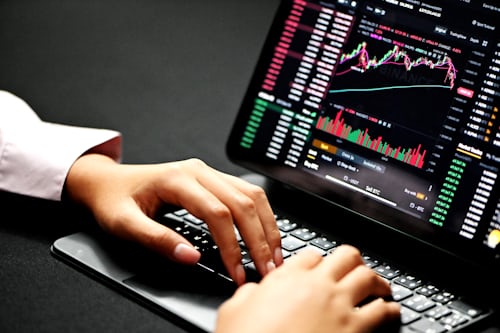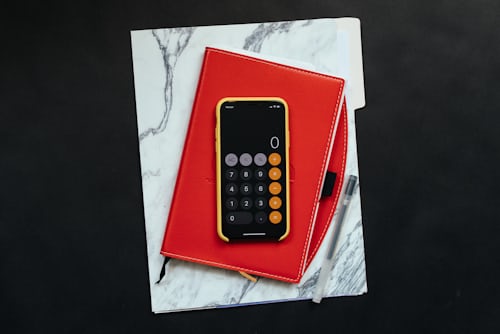Many beginners don't know it, but all professionals use it. Since indicators analyze past candlesticks (candles), the setting has something to do with time. You can set the number of candles which should be analyzed.
It is necessary to pay attention to important time markers. For example, the price average of a certain time period is important and many algorithms pay attention to it. The time-based candlesticks represent the chart in a certain time period.
Example of correct indicator settings
For example, if you are now in a 15 minute time frame and want to insert and set a moving average, you should adjust the period correctly.
4 x 15 minute candles = 1 hour. 6 x 4 x 15 minute candle = 6 hours. For a proper adjustment in the 15 minute chart for the 6 hour mark, you should use the period (period) 24 (6 x 4).
For setting the average price for a day in the 15 minute time frame, you should set the period 96 ( 4 x 24).
In summary, the setting has an important impact on the indicator. There are no "random" settings which work best. Instead, these are based on facts and the time markers mentioned above.
The best settings for successful trading
From my experience, technical indicators work best in the daily chart! This means that a candlestick has the expiration time of a whole day. Generally, you get the higher hit rates in the higher time units from my experience.
For the daily chart, the settings and time marks for a trading month (20 days), a quarter (60 days) and a year (240) are very important! These marks have a special significance. It is interesting that also for example investment banks want to show a good quarterly result and therefore the marks gain in importance.
Another example for the daily chart:
The moving average is perfect for trading in the financial markets. In the daily chart, one then sets the Moving Average to the period 20, 60 and 240. So you have a total of 3 different moving averages displayed in the chart.
Trading with indicators in trend following
For many traders, trend trading is the best way to consistently earn money on the stock market. For trend following, traders like to trade breakouts or resets into a trend. Both methods are very effective.
- Breakouts: Trend breakouts are often traded with the "Bollinger Bands" indicator. If the bands pull together, a next breakout is likely. Trend traders wait in a sideways phase for a breakout and then position themselves when the indicator shows it.
- Resets in trends: Once an intact trend is identified, one only has to wait for resets in the chart. Here, too, indicators can provide the right entry points.
Does trading without indicators work?
From my experience, trading without indicators works very well. In my opinion, indicators are only a tool to make good decisions. Trading without indicators is also called Price Action.
Support and Resistance are an easy way to trade without indicators. This can also be used to identify perfect trend reversals. Points are marked on the chart in Exness Malaysia where the price bounced several times. This shows a trader which prices are good and which prices are bad. Upon confirmation, an entry is then sought (picture below).
The problem with indicators is that they usually show possible entries too late. Relying completely on indicators is not a good choice in my experience. Indicators lag behind the market. Reading the chart is therefore indispensable. A trader must learn chart analysis to be successful in the long run.
In my opinion, the combination of indicators and the chart technique is the right choice. Indicators can be used as a tool for confirmation.
- Ball possession statistics in soccer
- Unfinished Auctions and Finished Auctions in the Footprint Chart
- How to bet on sports using the "catch-up" method
- A betting exchange or a bookmaker's office
- What is the mechanism for ensuring consensus in Ripple?

